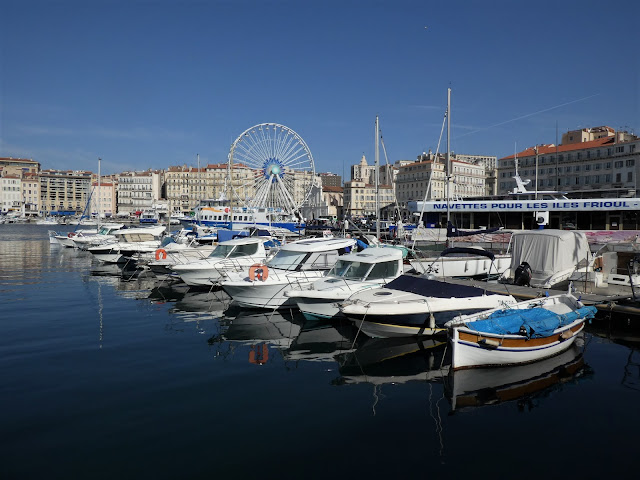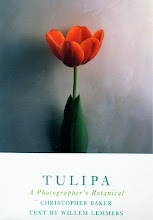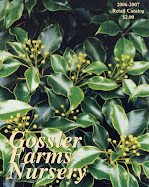Eastern Bank of the Vieux Port
Fort Saint-Jean at the entrance to the Vieux Port
Northern Bank of the Vieux Port
Museum of the Roman Docks
La maison Diamantée (ancien hôtel de Saboulin Bollena) Photos taken February & March 2017
Click here for more photos of Marseille.
The Vieux (Old) Port is the visual centerpiece of Marseille, a grand & captivating sight. The most striking feature its almost complete enclosure by the beautiful City of Marseille. It is certainly the main tourist attraction & center of tourist activity. Marseille was founded as a trading port in 600 BC by Greeks from Phocaea. You may see references to the Phocaeans around the city. They set up a trading post in the hills on the northern bank. Marseille lies in a sheltered depression surrounded by hills. The Vieux Port is a natural harbor similar to many of the inlets along the rocky coastline of the northeastern Mediterranean.
During Antiquity & the Middles Ages, the Greek, Roman & Medieval city expanded on the northern bank of the Vieux Port. Growth to the south began in the 17th century. The Old Port remained the center of maritime activity in Marseille until the 19th century. Between the 15th & 17th centuries, quays were constructed under Louis XII & Louis XIII. Following a revolt against their governor by the citizens of Marseille, Louis XIV built the forts of St Jean & St Nicolas at the entrance to the Vieux Port.
Axis powers bombed the Port of Marseille in 1940 during World War II. German forces occupied the Vieux Port from 1942 to 1944. The Vieux Port was a busy center for the French Resistance. In an effort to thwart the resistance, the Germans demolished much of the old quarter (Le Panier). German mines in the Vieux Port created more damage in 1944. After the war, huge reparations were provided by Germany & Italy to compensate for those killed or left homeless by the destruction.
Reconstruction of Le Panier began in 1948. The medieval plan was retained, streets were rebuilt in place & some houses were rebuilt on the original foundations. Le Panier is a major tourist site at the Vieux Port. There is also a quay with ferries to the Iles Frioul, which lie just outside the Vieux Port. Most interesting to me were the MuCEM (Musée des Civilisations de l'Europe et de la Méditerranée) & the Museum of the Roman Docks (Musée des docks romains).



















































































































